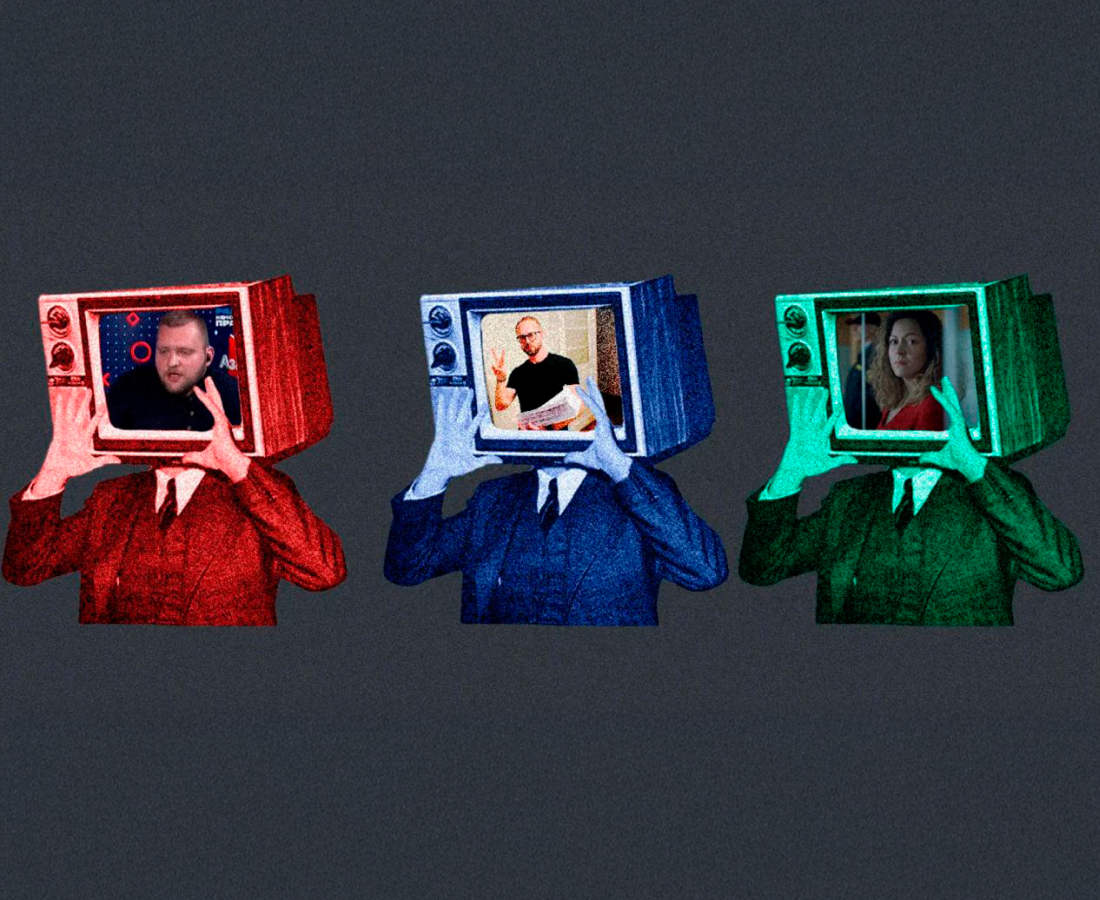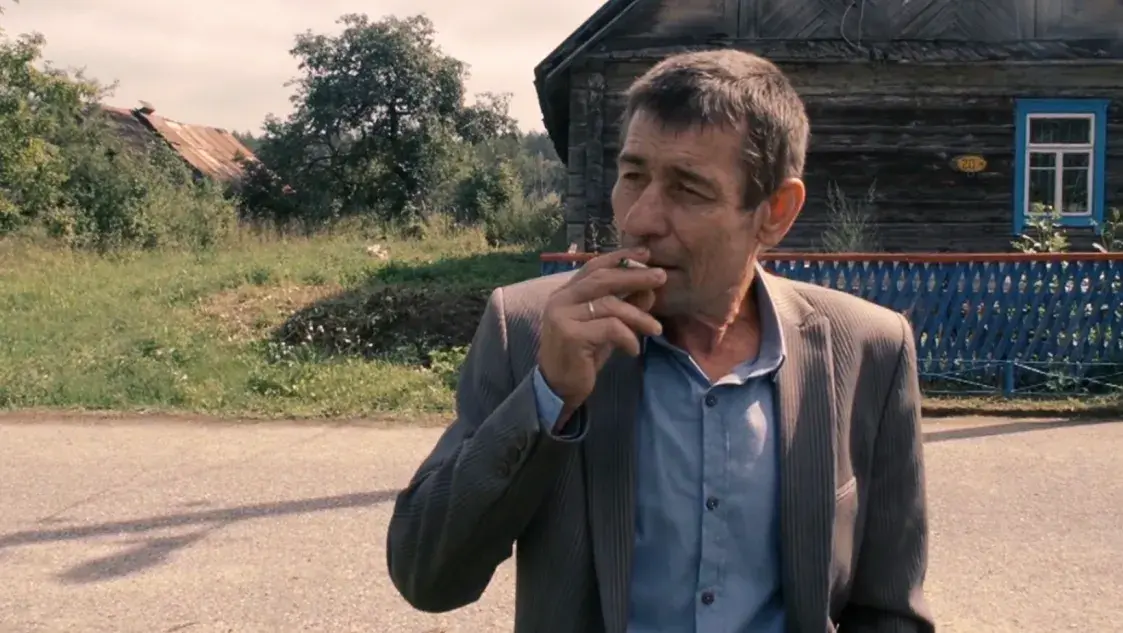
The situation in Belarusian cinematographic art has looked troubling in recent years. Belarusfilm has almost entirely turned into a conveyor belt for film and television propaganda, while independent, non-state-affiliated creators continue to lose opportunities for artistic work due to a lack of funding.
The year 2024 only reinforced this sad trend. No positive changes occurred during the year, and the celebration of the centenary of cinema in Belarus and among the diaspora resembled more of a cheerful memorial than a true anniversary.
Film critic Taras Tarnalitsky recalls what stood out in the past year:
The shortage of films and lack of competition created a unique situation — intense attention to every significant project.
Last year, much discussion revolved around “Rodzina” by Anna Bodziako and Alexander Mikhalkovich, and the series “Processes” by Andrei Kashpersky and Mikhail Zuy — both projects reflecting the conditions of life in a post-revolutionary country.
This year, the spotlight was taken by Mara Tamković’s psychological drama “Under the Grey Sky,” which depicts the lives of Belarusian political prisoners and their families under a repressive state and conditions of concentrated lack of freedom.
At Belarusfilm, the only notable release was “The Black Castle” based on Karatkevich. However, for the most part, this is purely entertainment cinema, moreover, practically made by Russians, set in a safe and tourist-friendly Belarus.
“Under the Grey Sky,” by contrast, portrays our traumatic everyday reality through the language of artistic imagery, and the social importance of such a film is undeniable.
Independent cinema usually exists within an emotional range of endless suffering: sadness, pain, melancholy. On this gray background, authors who are not afraid to use irony toward themselves and the characters in their films gain the advantage.

The true gem of the latest Bulbamovie festival was the documentary comedy “Son’s Wedding” by the mysterious filmmaker under the pseudonym Gleb Starover. He captured an unexpectedly chaotic and humorous wedding in a Belarusian village. The bride price and the drunken antics of the groom’s father recall the best examples of rural comedy by Serbian director Emir Kusturica or Russian filmmaker Zhora Kryzhovnikov — but with the distinction that the Belarusian author records reality rather than trying to stage it.
The real value of “Son’s Wedding” lies in the hidden dramatic depth of its characters, who, behind endless jokes, conceal their own anxiety and pain from the not-so-easy life in the Belarusian countryside.
Among the animated projects released this year, notable works include the full-length 3D cartoon “Song of Syrin,” which Alena Turova and her team spent several years producing at Belarusfilm, and the continuation of the Maryla series, created by the private studio Oblako commissioned by the Voka service.
They are very similar to each other — both are fantasy works, draw on Belarusian folklore, and are aimed exclusively at a young audience.
Despite the monstrous appearance of “Syrin” (actually the first 3D animated film by the state studio), “Maryla” still looks more convincing. It offers not only an engaging story but also Belarusian language and recognizable Minsk scenery — elements entirely absent in the deliberately universal Belarusfilm cartoon.
In the series format, two YouTube projects stood out this year: the reality show “Kanaplev+Leidik: No Retouch” and the anthology “Arefakty. Museum of Free Belarus.”
The first is a documentary backstage look at the work of the photographer couple Yauhen Kapoplev and Yuliya Leidik, who develop artistic images of public figures before their shoots — from Sviatlana Tsikhanouskaya to the musicians of the band Bi-2.
In Arefakty, the atmosphere is more cinematic — it’s a miniseries about five exhibits at the Warsaw Museum of Free Belarus. Through them, the team of authors, under the curation of documentarian Maksim Shved, tells the stories of Belarusian émigrés: artist Rufina Bazlova, activist Inna Zaitseva, journalist Alexander Ivulin, and others.
The result is a compelling project that speaks volumes about our complex present times.
The main political thriller of recent times was the struggle to free videomaker Andrei Hnyot from a Serbian prison. Due to his political activity in 2020, he was at risk of being deported to Belarus, but a media uproar forced Serbian authorities to back down.
A key element in these joint efforts was an open letter from the Belarusian Independent Film Academy in support of the political prisoner, endorsed by the European Film Academy and numerous cultural figures from across Europe. In it, Hnyot was strangely referred to as a director, although he has no connection to cinema. But in a crisis, all means are justified — the effort succeeded, and the Belarusian was released, even participating in the European Film Academy’s awards ceremony in December. It was a Hollywood-style story with a truly cinematic happy ending.
The deficit of new film projects was offset by numerous embarrassments, which appeared with enviable regularity in the Belarusian cinematographic scene.
These included the appointment of pro-government actor Ruslan Charnetsky, with no managerial experience, as Minister of Culture; the tasteless film “Seven Symptoms of Belarusianhood,” featuring all prominent members of the democratic community; and direct Lukashenko-style propaganda in the form of the feature film “Cultural Code” about young filmmakers.
The climax was the appearance of the notorious media figure Hryhoriy Azaronak at Belarusfilm, clearly burning with ambitions of a great artist. However, judging by his thesis work, he is far from Leni Riefenstahl, and the height of his capabilities is simple ideology glorifying the regime — something similar to what his father built a career on in the mid-1990s.
With personnel like this, one can say that the transformation of Letapis Studio — from a place where all inconvenient professional filmmakers were dismissed to a propaganda mouthpiece — is now complete.
Original article: euroradio.fm